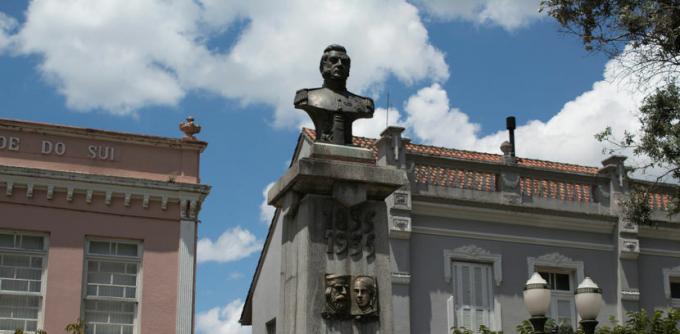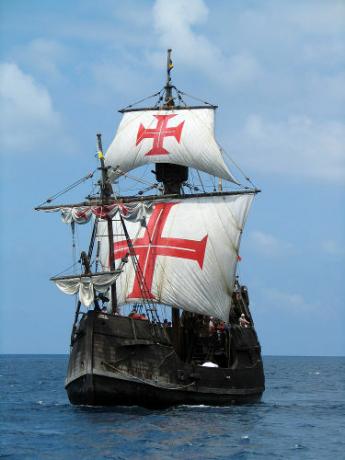O cultural renaissance it was a secular (non-ecclesial), rational and scientific movement that took place in Europe between the 14th and 16th centuries, which has profoundly influenced the Western world ever since. But what did this movement consist of and why was it so important?
The importance of the Renaissance was mainly due to the fact that it was presented as a rupture with the medieval world that was dying in Europe, basing its characteristics on the Greco-Roman culture of classical antiquity. In this way, the Renaissance was a break with the Middle Ages, but it depended on the work of many scholars this period to flourish, due to the work of preservation and reproduction of the works of the thinkers of the Antique.
In contrast with the Middle Ages, which produced a deeply religious culture, the Renaissance had as its central element the Humanism, who valued the human being, the privileged creation of God. In this way, the Renaissance preached the anthropocentrism, which consisted in understanding the universe having man as its center, and no longer God, as preached by medieval theocentrism. Faced with this understanding of the world, man should use his reason to get to know nature and other existing things. The reason would still be a gift from God, who brought man closer to him through creativity and genius, resembling the capabilities of both, since God created man, man could create an infinity of stuff.
The Renaissance first developed in some Italian cities, later spreading to the rest of Europe, this movement developed in several areas of knowledge. At science, stood out Nicolas Copernicus (1473-1543), Giordano Bruno (1548-1600) and Galileo Galilei (1564-1642) for the development of the heliocentric theory, whose idea was based on the centrality of the Sun in the universe. This idea was contrary to that of the church that believed since ancient times that the Earth was the center of the universe. This conception illustrated the scientific renaissance, taking the explanation of the world and nature out of the hands of the church, seeking explanations through experiments and the use of reason.
At architecture, He stood out Filippo Brunelleschi, which started to use mathematical calculation as a basis for construction projects, returning to Greco-Roman architectural aspects. In the area of politics and the organization of the state, we have Nicholas Machiavelli (1469-1527), who wrote The prince, a work in which he gave guidelines on how a monarch should govern in order to maintain a strong and centralized power. The term Machiavellian arose from the name of this thinker, although today it refers to a negative aspect.
At Literature, several were the writers who stood out, such as Dante Alighieri (1265-1321) with the work The divine Comedy, Erasmus of Rotterdam (1466-1536) with the praise of madness, Rabelais with Gargantua and Pantagruel, William Shakespeare with many plays, among many others.
But the area of artistic production that most catches the eyes of contemporary observers is the paintings and sculptures produced in the period. can stand out Leonardo da Vinci, with a wide variety of activities, the main work being the Mona Lisa. still have Sandro Botticelli, with the brilliant work Birth of Venus, in which he mixes pagan and religious elements, in this work his quest for beauty reached its peak. there is still Michelangelo Buonarotti, who worked as a painter and sculptor, highlighting the ceiling he painted in the Sistine Chapel, in the Vatican, and the sculpture Pieta, in which Mary holds her son Jesus in her arms. Finally, one can still speak of piter brueghel, which portrayed everyday themes in society, including popular festivals and the men of the people, as you can see on the screen Peasant Dance, from 1568.
By Tales Pinto
Graduated in History


